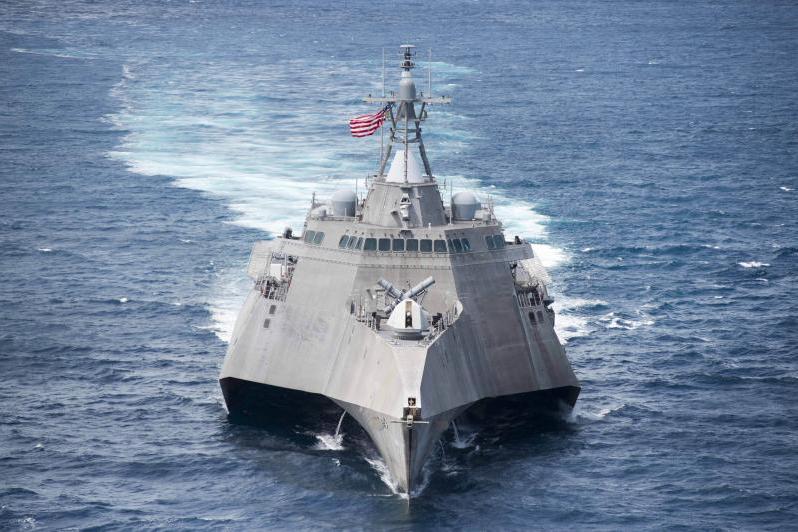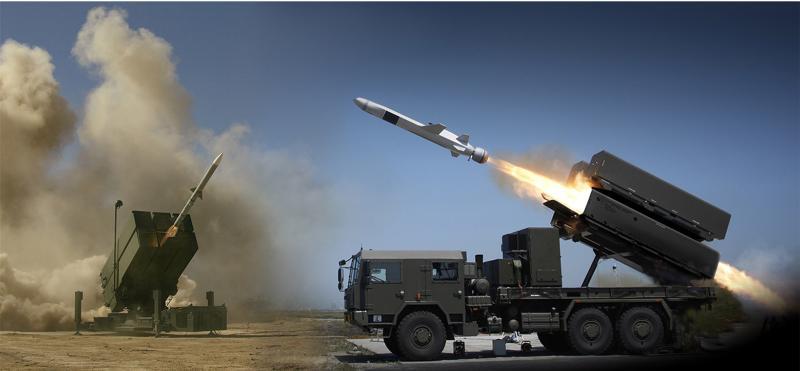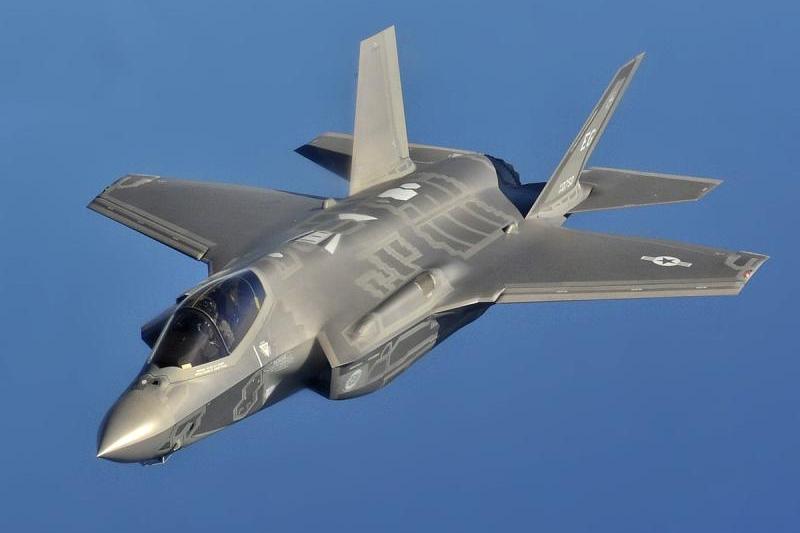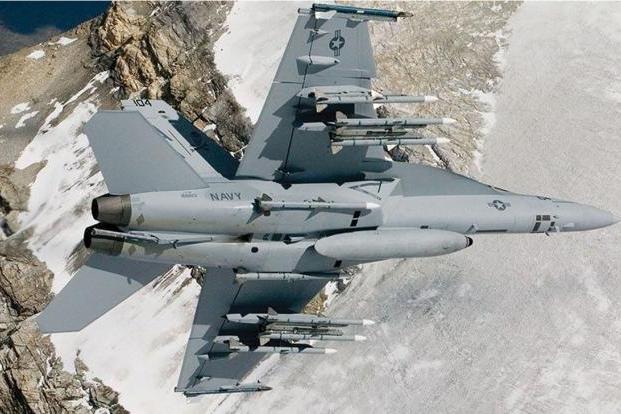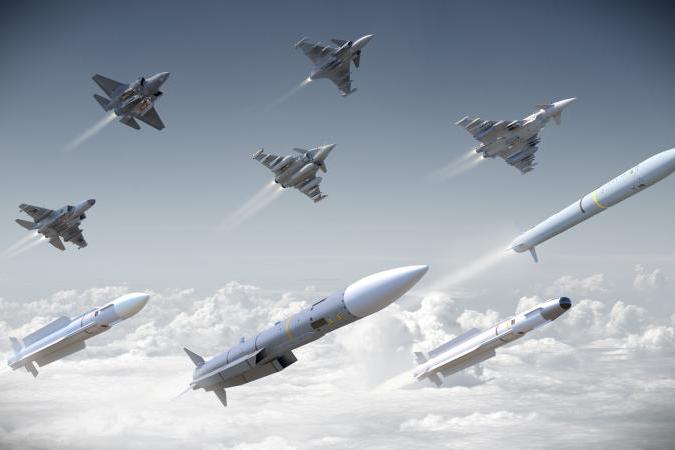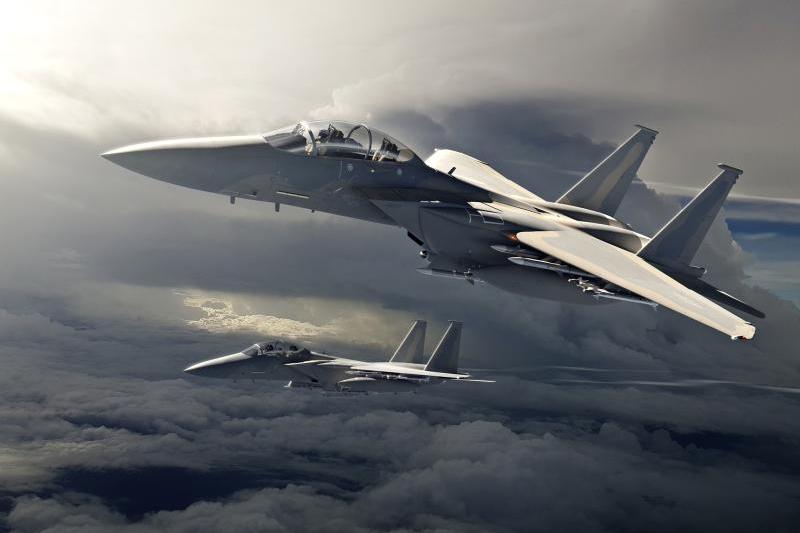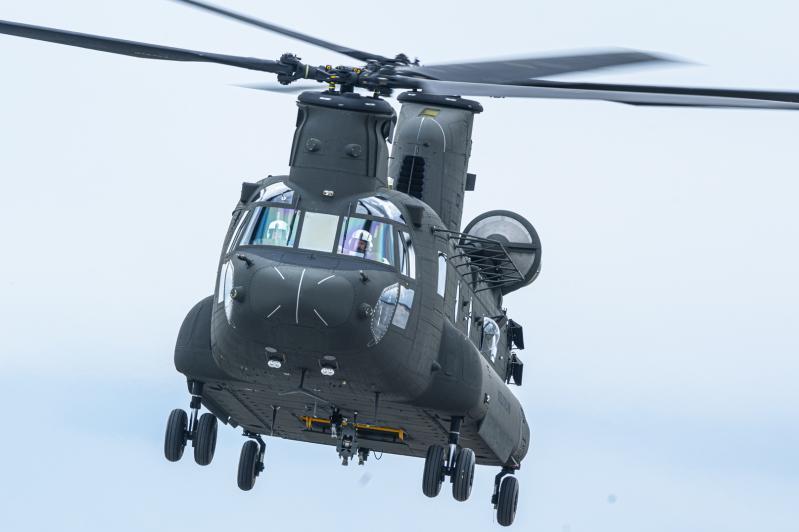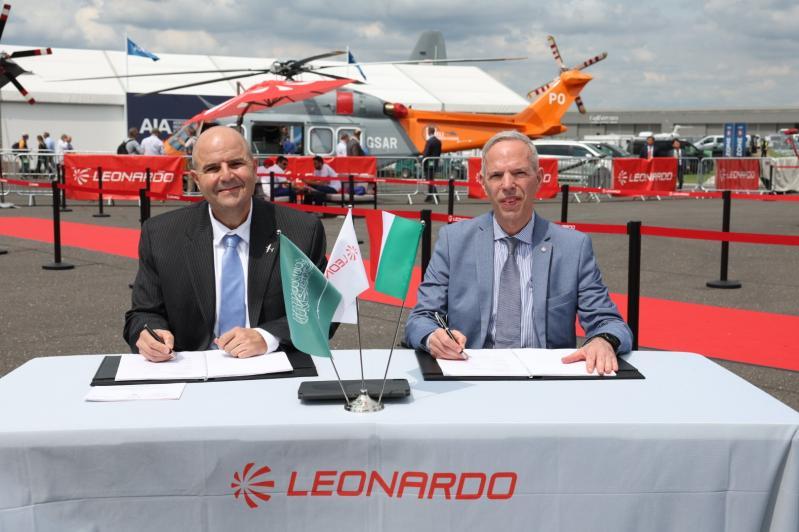To the Moon! Airbus delivers second European Service Module for NASA’s Orion spacecraft
Europe providing the powerhouse for missions that will take astronauts to the Moon
Airbus in Bremen leads the European team on behalf of ESA
The second Airbus-built European Service Module (ESM) for NASA’s Orion spacecraft is ready for delivery from the Airbus site in Bremen, Germany. An Antonov cargo aircraft will fly the ESM-2 to NASA’s Kennedy Space Center in Florida, USA. The European Space Agency (ESA) has selected Airbus as the prime contractor for the development and manufacture of six ESMs with the first ESM soon to fly on NASA’s Artemis I mission.
The ESM is a key element of Orion, the next-generation spacecraft that will transport astronauts beyond low Earth orbit for the first time since the end of the Apollo programme in the 1970s. The module provides propulsion, power and thermal control and will supply astronauts with water and oxygen on future missions. The ESM is installed underneath the crew module and together they form the Orion spacecraft.
“Delivery of the second European Service Module for NASA’s Orion spacecraft marks another huge step forward on the journey to return astronauts to the Moon. Working hand in hand with our customers ESA and NASA, and our industrial partner, Lockheed Martin Space, the programme is moving apace and we are ready to meet the challenges of returning to the lunar surface in 2024,” said Andreas Hammer, Head of Space Exploration at Airbus.
ESM-2 underwent a comprehensive validation process prior to being readied for shipment including gimbal testing of the module’s main engine (which swivels from side to side for manoeuvring and directional control during spaceflight). This main engine is a refurbished engine from Space Shuttle Atlantis.
After completing its trans-Atlantic voyage, ESM-2 will be mated with the Orion Crew Module and undergo further extensive testing before integration with the launcher – a process that will take around two years.
The launch of the first Orion spacecraft on NASA’s new Space Launch System rocket will be uncrewed and take the spacecraft more than 64,000 kilometres beyond the Moon in order to demonstrate its capabilities. The first human spaceflight mission, Artemis II, will be powered by ESM-2.
The design of the Orion spacecraft enables astronauts to be transported further into space than ever before. The spacecraft will transport four astronauts, providing life support for the crew during the flight and enabling a safe return to Earth’s atmosphere, at extremely high re-entry speeds.
The ESM comprises more than 20,000 parts and components, from electrical equipment to engines, solar panels, fuel tanks and life support materials, as well as several kilometres of cables and tubing.
The ESM is a cylinder around four metres high and wide. Comparable to the European Automated Transfer Vehicle (ATV 2008 – 2015), also built by Airbus, it has a distinctive four-wing solar array (19 metres across when unfurled) that generates enough energy to power two households. The service module’s 8.6 tons of fuel can power the main engine, eight auxiliary thrusters and 24 smaller thrusters used for attitude control.
At launch, the ESM weighs a total of just over 13 tons. In addition to its function as the main propulsion system for the Orion spacecraft, the ESM will be responsible for orbital manoeuvring and position control. It also provides the crew with the central elements of life support such as water and oxygen, and regulates thermal control while it is docked to the crew module. Furthermore, the unpressurised service module can be used to carry additional payload.
In the longer term it is planned to dock Orion spacecraft with the International Lunar Gateway – a Moon orbiting platform that will enable a sustainable space exploration architecture extending humanity’s presence in space.


